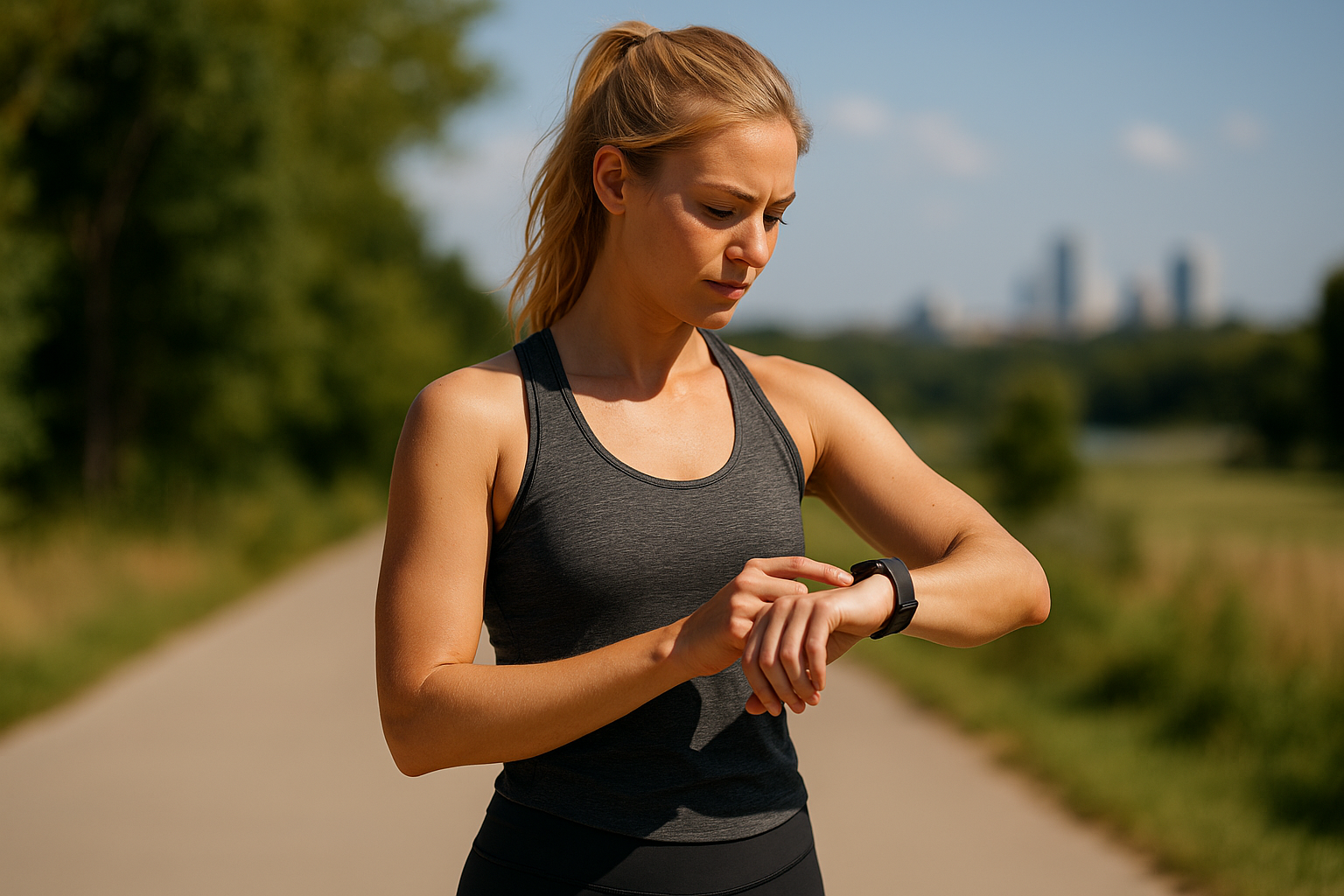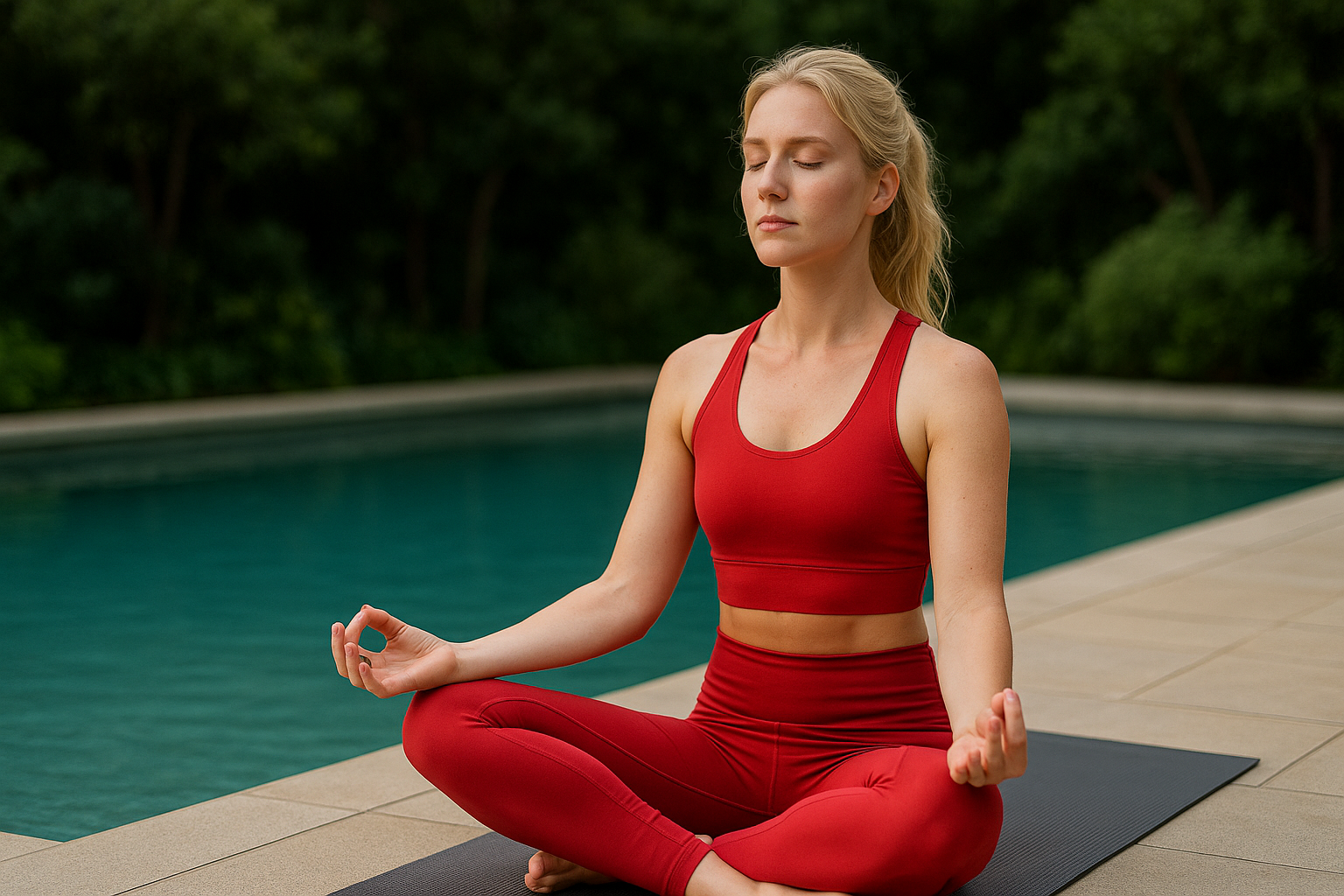Your Journey Starts with One Simple Question
You’ve likely checked your smartwatch or fitness tracker and seen your “move calories” for the day. But what does that number actually mean—and more importantly, is it enough?
If you’re aiming to lose weight, maintain your current weight, or even build muscle, knowing how many move calories you should burn daily can help turn guesswork into real progress. This article will help you understand what move calories are, how to set the right target for your goals, and how to align your workouts and nutrition accordingly.
What Are Move Calories and Why Should You Care?
Move Calories vs. Total Calories
Move calories represent the energy your body uses during physical activity. They differ from total calories, which include:
- Basal Metabolic Rate (BMR): The calories your body burns at rest to keep vital functions going.
- Thermic Effect of Food (TEF): The energy used to digest and process food.
- Move or Active Calories: The extra energy used during exercise, walking, and general movement.
Understanding move calories helps you take control of your activity level and ensures your effort matches your goals.
How Fitness Trackers Measure Move Calories
Devices like the Apple Watch, Fitbit, and Garmin track move calories based on:
- Heart rate
- Motion sensors
- Activity duration
- Type and intensity of exercise
While no device is perfectly accurate, they are generally reliable enough to monitor trends and track your progress over time.
What Affects the Number of Move Calories You Should Burn?
Your Fitness Goal
Your daily move calorie target depends on your primary fitness objective:
- Weight Loss: Burn more calories than you consume. A 500–1,000 calorie deficit per day can lead to 1–2 pounds of fat loss per week.
- Maintenance: Match the number of calories you burn with the number you eat.
- Muscle Gain: Consume slightly more than you burn, with a focus on protein intake and resistance training.
Personal Variables
The following personal factors significantly influence how many calories you burn:
- Age
- Gender
- Weight
- Height
- Activity level
- Metabolism
- Fitness level
Recommended Daily Move Calorie Ranges
| Goal | Men (Average) | Women (Average) |
|---|---|---|
| Lose Weight | 500–700 | 400–600 |
| Maintain Weight | 300–500 | 250–400 |
| Gain Muscle | 250–450 | 200–350 |
These are general guidelines. Your ideal number may vary based on your body composition, metabolism, and specific workout routine.
How to Calculate Your Daily Move Calorie Burn
Step 1: Estimate Your TDEE (Total Daily Energy Expenditure)
Your TDEE includes your BMR plus all activity-related calories burned. Use a reputable calculator like TDEECalculator.net or MyFitnessPal to get your personalized number.
TDEE = BMR × Activity Factor
Activity Factor ranges from:
- Sedentary (1.2)
- Lightly active (1.375)
- Moderately active (1.55)
- Very active (1.725)
- Extremely active (1.9)
Step 2: Set Your Calorie Goal
Use your TDEE as a baseline to determine your move calorie burn:
- To lose weight: Burn 500+ active calories per day while consuming fewer than your TDEE.
- To maintain: Ensure your move calorie burn keeps your daily intake aligned with your TDEE.
- To gain muscle: Focus on strength-based workouts and create a surplus of 250–500 calories per day.
Best Exercises to Burn Move Calories Efficiently
High-Calorie-Burning Exercises
These are ideal for burning significant calories in a shorter amount of time:
- Running (600–900 calories/hour)
- High-Intensity Interval Training (500–800 calories/hour)
- Jump rope (700–1,000 calories/hour)
- Spinning or cycling classes (500–750 calories/hour)
Moderate-Calorie Burners
Consistent, sustainable options that support long-term progress:
- Brisk walking (250–350 calories/hour)
- Swimming (300–600 calories/hour)
- Yoga (200–350 calories/hour)
- Pilates (250–400 calories/hour)
Calorie Burn Comparison Table
| Activity | Estimated Calories Burned (Per Hour) |
|---|---|
| Running | 600–900 |
| Walking | 250–350 |
| HIIT | 500–800 |
| Swimming | 300–600 |
| Yoga | 200–350 |
Your calorie burn will vary depending on your weight, age, and workout intensity.
Nutrition That Supports Your Move Calorie Goals
Fueling your body appropriately before and after workouts enhances performance and supports recovery.
Pre-Workout Snacks
| Snack | Ingredients |
|---|---|
| Banana PB Toast | 1 slice whole grain bread, 1 tbsp peanut butter, ½ banana |
| Yogurt Parfait | ½ cup Greek yogurt, fresh berries, 1 tbsp oats |
| Oats & Honey | ¼ cup oats, 1 tsp honey, cinnamon |
Post-Workout Meals
| Meal | Ingredients |
|---|---|
| Chicken Power Bowl | Grilled chicken, brown rice, spinach, olive oil |
| Recovery Smoothie | Protein powder, almond milk, banana, spinach |
| Tuna Wrap | Whole grain wrap, tuna, avocado, greens |
Carbohydrates help replenish energy stores, while protein supports muscle repair and growth.
Sample Daily Plan to Burn 500 Move Calories
This simple routine demonstrates how to hit a 500-calorie target without extreme effort.
Morning:
- 30-minute jog = 300 calories
Midday:
- 15-minute walk during lunch = 70 calories
Evening:
- 20-minute bodyweight workout = 130 calories
Total: Approximately 500 calories burned
Tips for increasing daily activity:
- Use the stairs instead of elevators
- Walk or bike for short errands
- Take active breaks during sedentary tasks
Frequently Asked Questions (FAQ)
How many move calories should I burn daily to lose weight?
For most people, burning 400–700 move calories per day supports fat loss when paired with a modest caloric deficit through diet.
Are fitness trackers accurate for move calories?
Most wearables are accurate within 10% when tracking active calorie burn. While not perfect, they are useful for monitoring trends and encouraging consistency.
What happens if I don’t meet my daily move calorie goal?
Missing a day won’t derail your progress. Focus on your weekly average to stay on track. Aim for consistency, not perfection.
Should I increase my move calorie goal as I get fitter?
Yes. As your fitness level improves, your body becomes more efficient and burns fewer calories doing the same activities. Gradually increasing your intensity or duration helps maintain results.
Can I burn more calories without long workouts?
Absolutely. Here are a few simple strategies:
- Take standing or walking breaks during the day
- Park farther away from entrances
- Use a standing desk
- Dance or stretch while watching TV
Conclusion: Progress Is Powered by Purposeful Movement
Tracking your move calories helps you take ownership of your fitness journey. Whether you’re trying to drop fat, improve endurance, or boost energy, aligning your daily movement with your goals gives you the control to succeed.
Start by identifying your target range. Build habits that match your lifestyle. And remember, it’s the long-term consistency—not short-term perfection—that gets results.
Call to Action
Ready to take action?
- Set your daily move calorie goal based on your personal stats.
- Try one of the suggested routines to see how many calories you burn.
- Bookmark this guide for reference.
- Share it with a friend who needs help understanding their fitness tracker.
Still not sure how many move calories you should aim for? Leave a comment below with your age, weight, and goal—we’ll help you calculate the perfect number.







